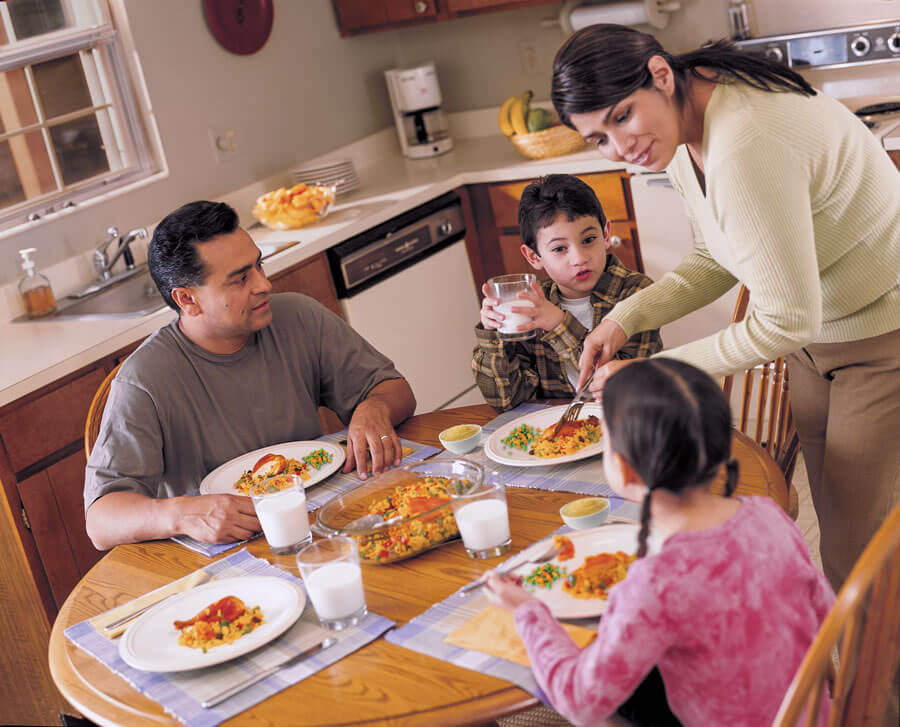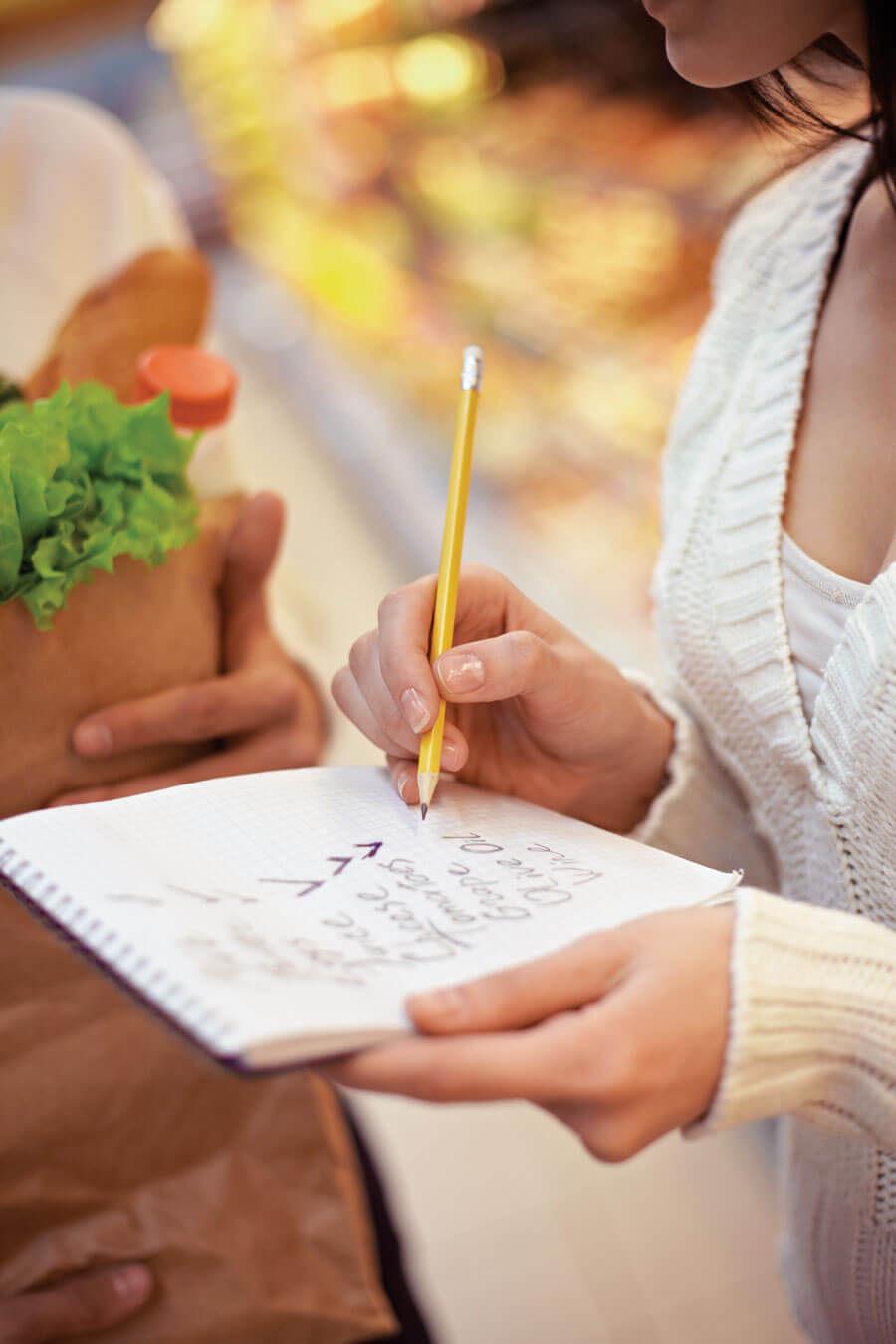How do you stretch your food money?
- Home
- Ellyn Satter
- Prenatal / Postpartum
- Frequently Asked Questions
- How do you stretch your food money?


Getting enough to eat is most important. Nutrition comes later. You can have both, but to enjoy life and do well, you must get enough to eat.

You may fear that choosing higher-calorie food will make you and your children eat too much and get fat. Not so. Being afraid of going hungry makes you overeat and gain weight.
Knowing you will have enough to eat lets you go to meals hungry, eat until you are satisfied, then stop. You will know that another snack or meal will be coming soon, and you can do it again.

© Ellyn Satter
Side-Lying Hold
This hold is useful when:
Cross-Cradle Hold
This hold is useful when:
Clutch or “Football” Hold
This hold is useful when:
Cradle Hold
This hold is useful when:
Laid-Back Hold
This hold is useful when: